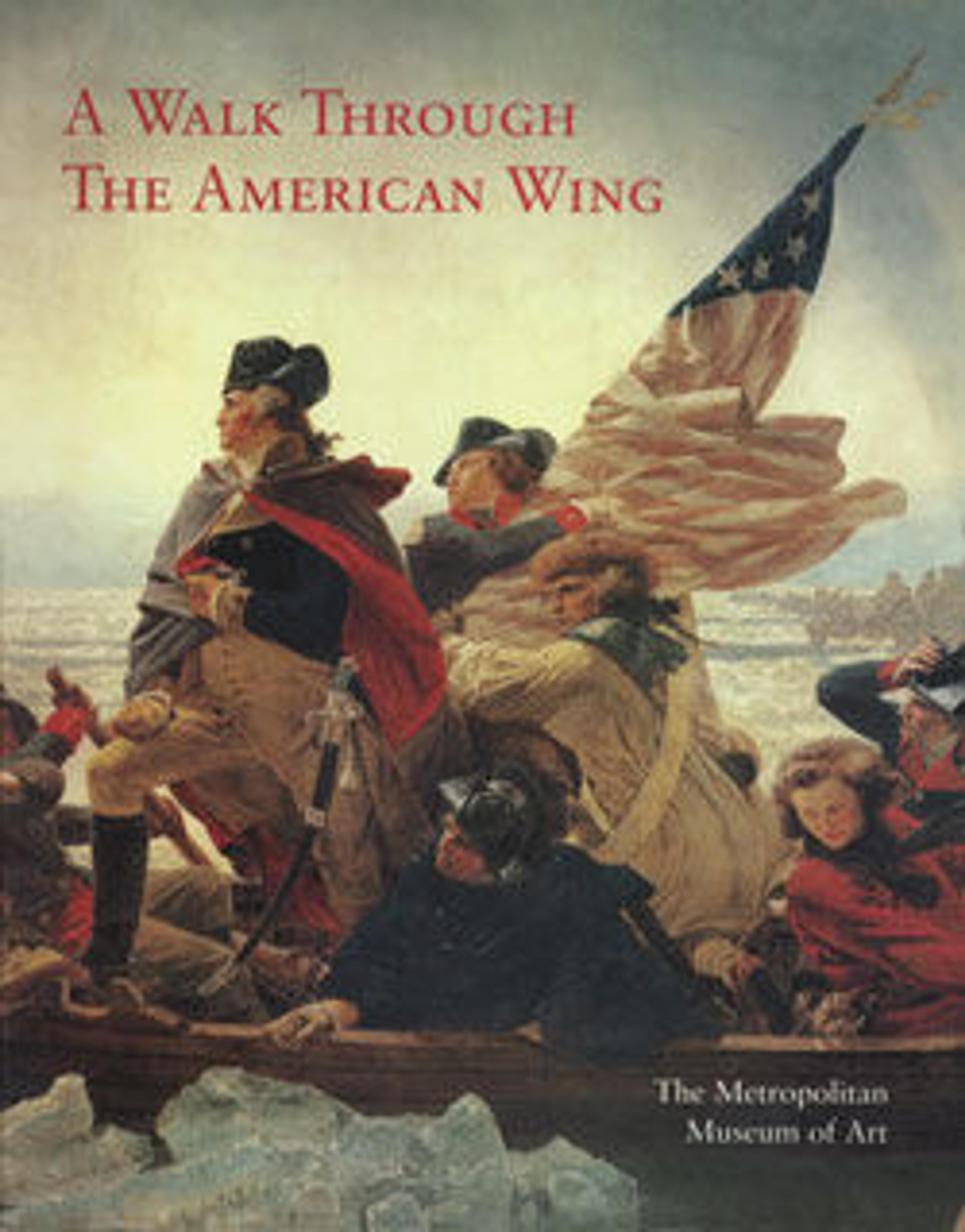Filatrice
In the late 1840s Americans developed the industrial means to produce fine art bronzes, relying on European immigrant labor as well as copper and other metals mined from Indigenous homelands. Sculptures modeled and cast in this country were heralded as affordable and democratic, symbolizing independence from European foundries. In 1849 the American Art-Union began distributing statuettes to its subscribers in an annual lottery, increasing public awareness of bronze and situating it within a mass market. Twenty examples of Filatrice (Italian for "spinner") were commissioned for that purpose and cast in Brown’s rudimentary foundry in his Brooklyn studio.
Artwork Details
- Title: Filatrice
- Artist: Henry Kirke Brown (American, Leyden, Massachusetts 1814–1886 Newburgh, New York)
- Date: 1850
- Culture: American
- Medium: Bronze
- Dimensions: 20 x 12 x 8 in. (50.8 x 30.5 x 20.3 cm)
- Credit Line: Purchase, Gifts in memory of James R. Graham, and Morris K. Jesup Fund, 1993
- Object Number: 1993.13
- Curatorial Department: The American Wing
More Artwork
Research Resources
The Met provides unparalleled resources for research and welcomes an international community of students and scholars. The Met's Open Access API is where creators and researchers can connect to the The Met collection. Open Access data and public domain images are available for unrestricted commercial and noncommercial use without permission or fee.
To request images under copyright and other restrictions, please use this Image Request form.
Feedback
We continue to research and examine historical and cultural context for objects in The Met collection. If you have comments or questions about this object record, please contact us using the form below. The Museum looks forward to receiving your comments.
